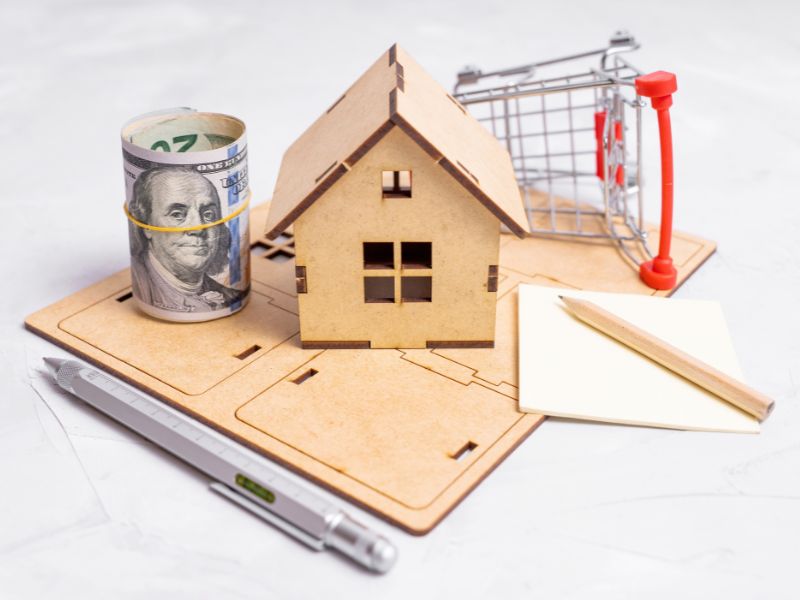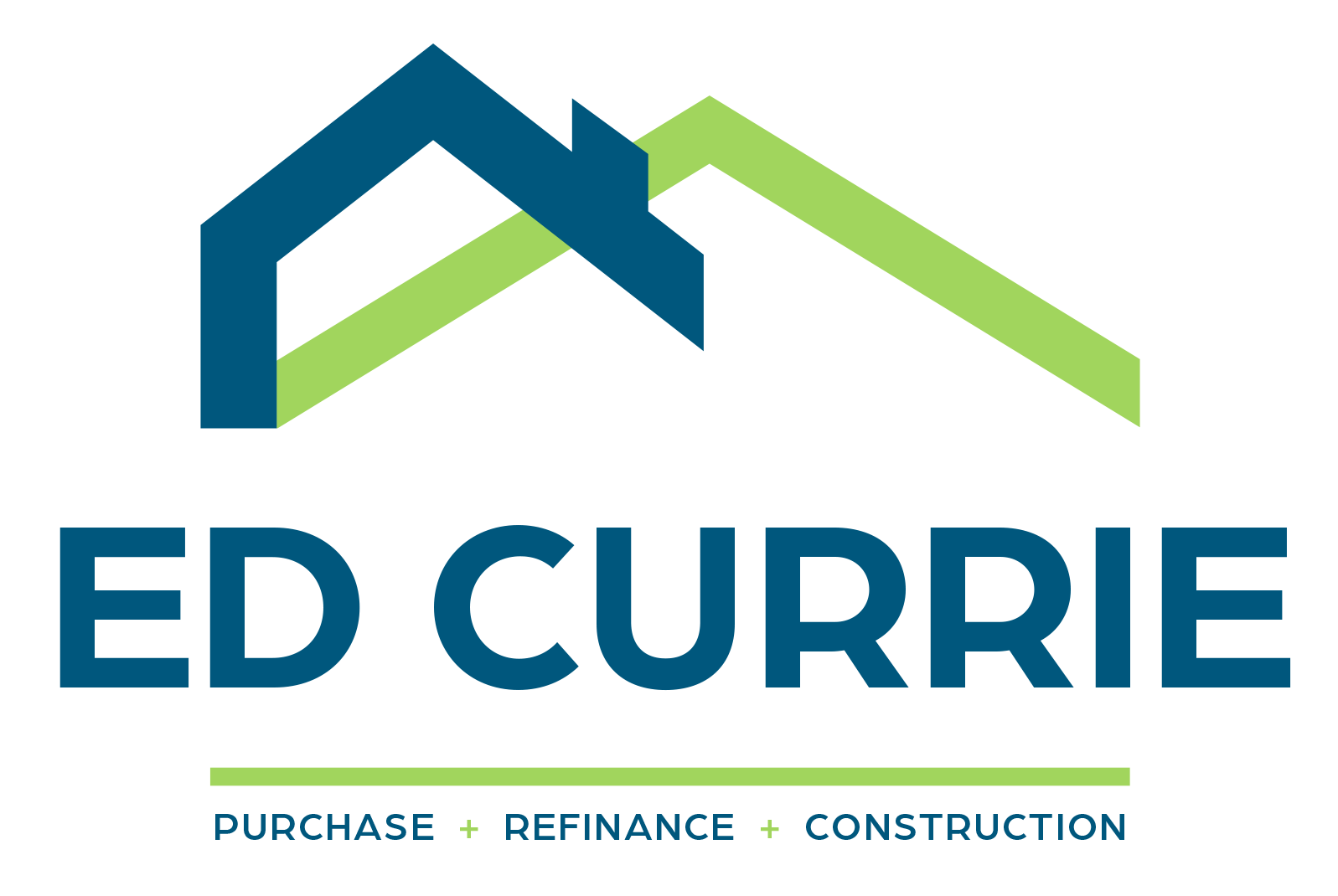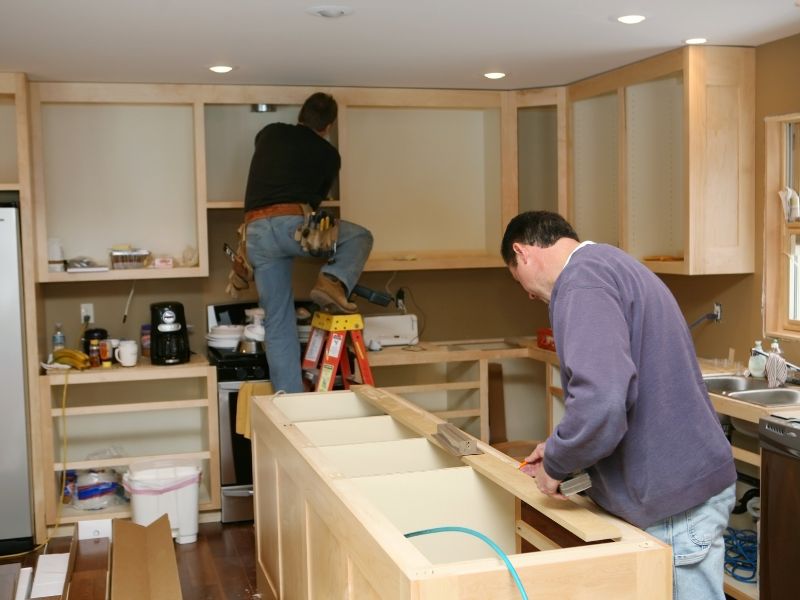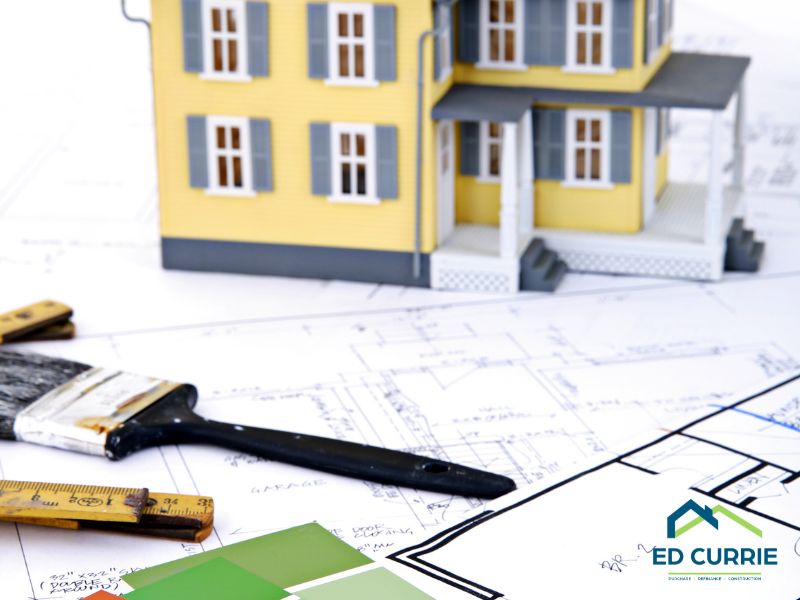Building your dream home is an exciting journey, but it comes with many important decisions, one of the most critical being the choice of building materials. The materials you select will impact everything from the durability and energy efficiency of your home to its overall aesthetic and maintenance needs. Understanding the benefits and drawbacks of various materials can help you make the best choice for your unique needs.
Wood: Classic and Versatile, But Requires Maintenance
Wood is a timeless building material that offers a warm, natural look. It’s versatile, easy to work with, and can be used for everything from framing to finishes. However, wood does have its downsides. It is susceptible to rot, termites, and warping, which means regular maintenance is necessary to keep it in good condition. Additionally, wood is not as fire-resistant as other materials, which can be a concern in areas prone to wildfires.
Concrete: Durable and Fire-Resistant, But Heavy
Concrete is known for its strength and durability, making it a popular choice for foundations, walls, and driveways. It is fire-resistant, which adds an extra layer of safety to your home, and it can also help with energy efficiency due to its thermal mass properties. On the downside, concrete is heavy and requires a strong foundation. It can also be more expensive than other materials and may not offer the same aesthetic appeal as wood or stone.
Brick: Low Maintenance and Long-Lasting, But Expensive
Brick is a traditional building material that offers excellent durability and low maintenance. It’s resistant to fire, insects, and weather conditions, making it a great long-term investment. However, brick can be costly, both in terms of the material itself and the labor required for installation. Additionally, while brick offers a classic look, it may not suit every design style.
Steel: Strong and Flexible, But Prone to Corrosion
Steel is a strong and flexible material, often used in modern construction for framing and structural elements. It’s highly durable and can withstand extreme weather conditions, making it a great choice for homes in areas prone to natural disasters. However, steel can be prone to corrosion if not properly treated, and it can be more expensive than wood or other traditional materials. It also offers less insulation, which can affect your home’s energy efficiency.
Stone: Aesthetic and Long-Lasting, But Labor-Intensive
Stone is one of the most durable building materials available and offers a natural, luxurious appearance. It’s fire-resistant, low-maintenance, and can last for centuries. However, stone is heavy and labor-intensive to install, which can drive up construction costs. Additionally, stone may not be the most energy-efficient option unless combined with other materials.
Composite Materials: Innovative and Eco-Friendly, But Variable Quality
Composite materials, like engineered wood or recycled plastic composites, offer an eco-friendly alternative to traditional materials. They can be designed to mimic the appearance of wood or stone while offering greater durability and lower maintenance. However, the quality of composite materials can vary widely, and some may not be as durable or aesthetically pleasing as their natural counterparts.
Making the Right Choice for Your Home
When choosing building materials for your dream home, it’s important to consider factors such as climate, budget, and your long-term maintenance goals. While every material has its pros and cons, selecting the right one will ensure your home is beautiful, durable, and suited to your lifestyle.
Give us call so we can help you weigh your options and make informed decisions that align with your vision and budget.

Building your dream home is an exciting journey, but it comes with many important decisions, one of the most critical being the choice of building materials. The materials you select will impact everything from the durability and energy efficiency of your home to its overall aesthetic and maintenance needs. Understanding the benefits and drawbacks of various materials can help you make the best choice for your unique needs.
Wood: Classic and Versatile, But Requires Maintenance
Wood is a timeless building material that offers a warm, natural look. It’s versatile, easy to work with, and can be used for everything from framing to finishes. However, wood does have its downsides. It is susceptible to rot, termites, and warping, which means regular maintenance is necessary to keep it in good condition. Additionally, wood is not as fire-resistant as other materials, which can be a concern in areas prone to wildfires.
Concrete: Durable and Fire-Resistant, But Heavy
Concrete is known for its strength and durability, making it a popular choice for foundations, walls, and driveways. It is fire-resistant, which adds an extra layer of safety to your home, and it can also help with energy efficiency due to its thermal mass properties. On the downside, concrete is heavy and requires a strong foundation. It can also be more expensive than other materials and may not offer the same aesthetic appeal as wood or stone.
Brick: Low Maintenance and Long-Lasting, But Expensive
Brick is a traditional building material that offers excellent durability and low maintenance. It’s resistant to fire, insects, and weather conditions, making it a great long-term investment. However, brick can be costly, both in terms of the material itself and the labor required for installation. Additionally, while brick offers a classic look, it may not suit every design style.
Steel: Strong and Flexible, But Prone to Corrosion
Steel is a strong and flexible material, often used in modern construction for framing and structural elements. It’s highly durable and can withstand extreme weather conditions, making it a great choice for homes in areas prone to natural disasters. However, steel can be prone to corrosion if not properly treated, and it can be more expensive than wood or other traditional materials. It also offers less insulation, which can affect your home’s energy efficiency.
Stone: Aesthetic and Long-Lasting, But Labor-Intensive
Stone is one of the most durable building materials available and offers a natural, luxurious appearance. It’s fire-resistant, low-maintenance, and can last for centuries. However, stone is heavy and labor-intensive to install, which can drive up construction costs. Additionally, stone may not be the most energy-efficient option unless combined with other materials.
Composite Materials: Innovative and Eco-Friendly, But Variable Quality
Composite materials, like engineered wood or recycled plastic composites, offer an eco-friendly alternative to traditional materials. They can be designed to mimic the appearance of wood or stone while offering greater durability and lower maintenance. However, the quality of composite materials can vary widely, and some may not be as durable or aesthetically pleasing as their natural counterparts.
Making the Right Choice for Your Home
When choosing building materials for your dream home, it’s important to consider factors such as climate, budget, and your long-term maintenance goals. While every material has its pros and cons, selecting the right one will ensure your home is beautiful, durable, and suited to your lifestyle.
Give us call so we can help you weigh your options and make informed decisions that align with your vision and budget.




![EdCurrie_Logo White[Transparent] EdCurrie_Logo White[Transparent]](https://edcurrie.com/wp-content/uploads/elementor/thumbs/EdCurrie_Logo-WhiteTransparent-qybu3sjgpfhje9098uitv7fpt7os2hgn52gfy6ocx4.png)